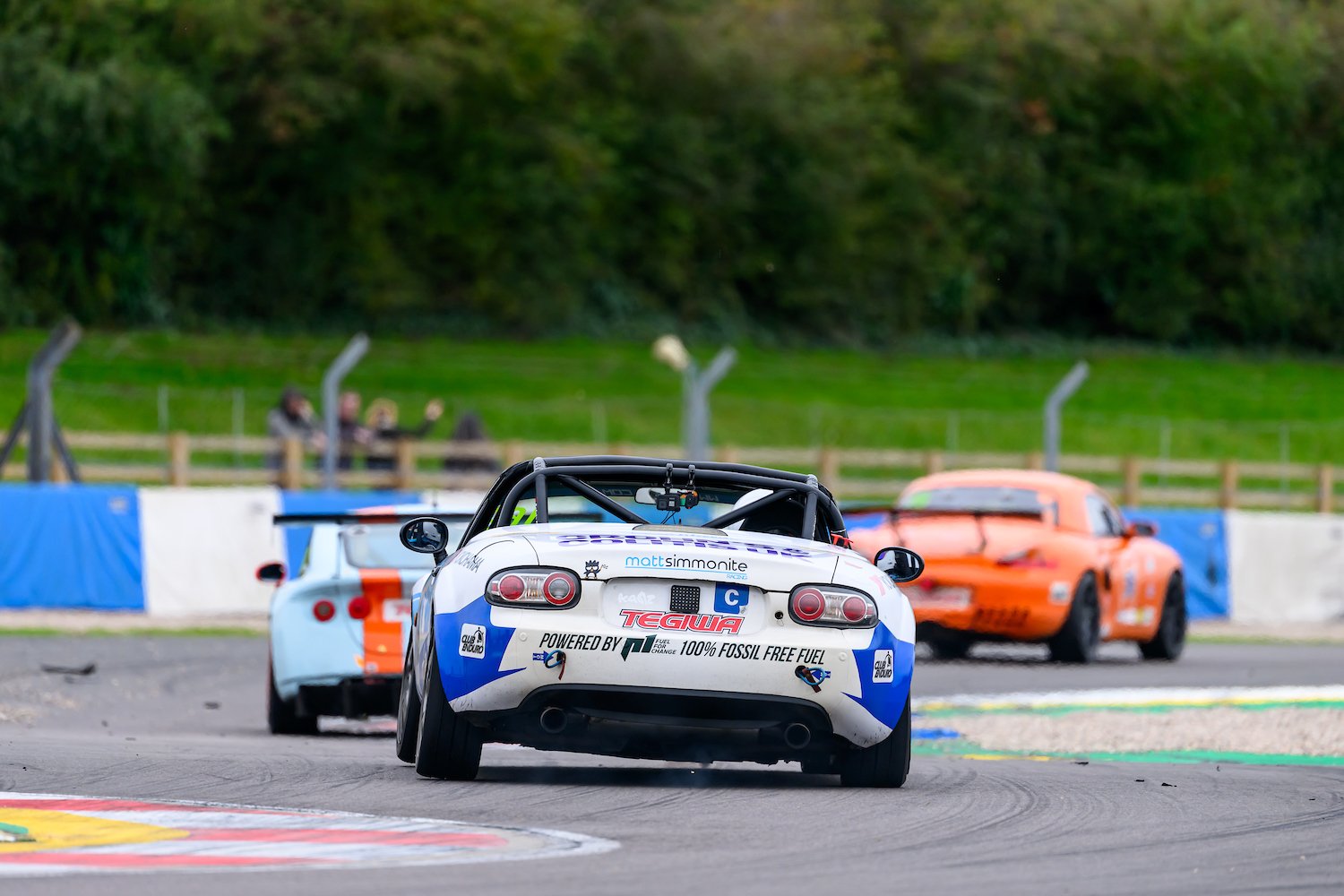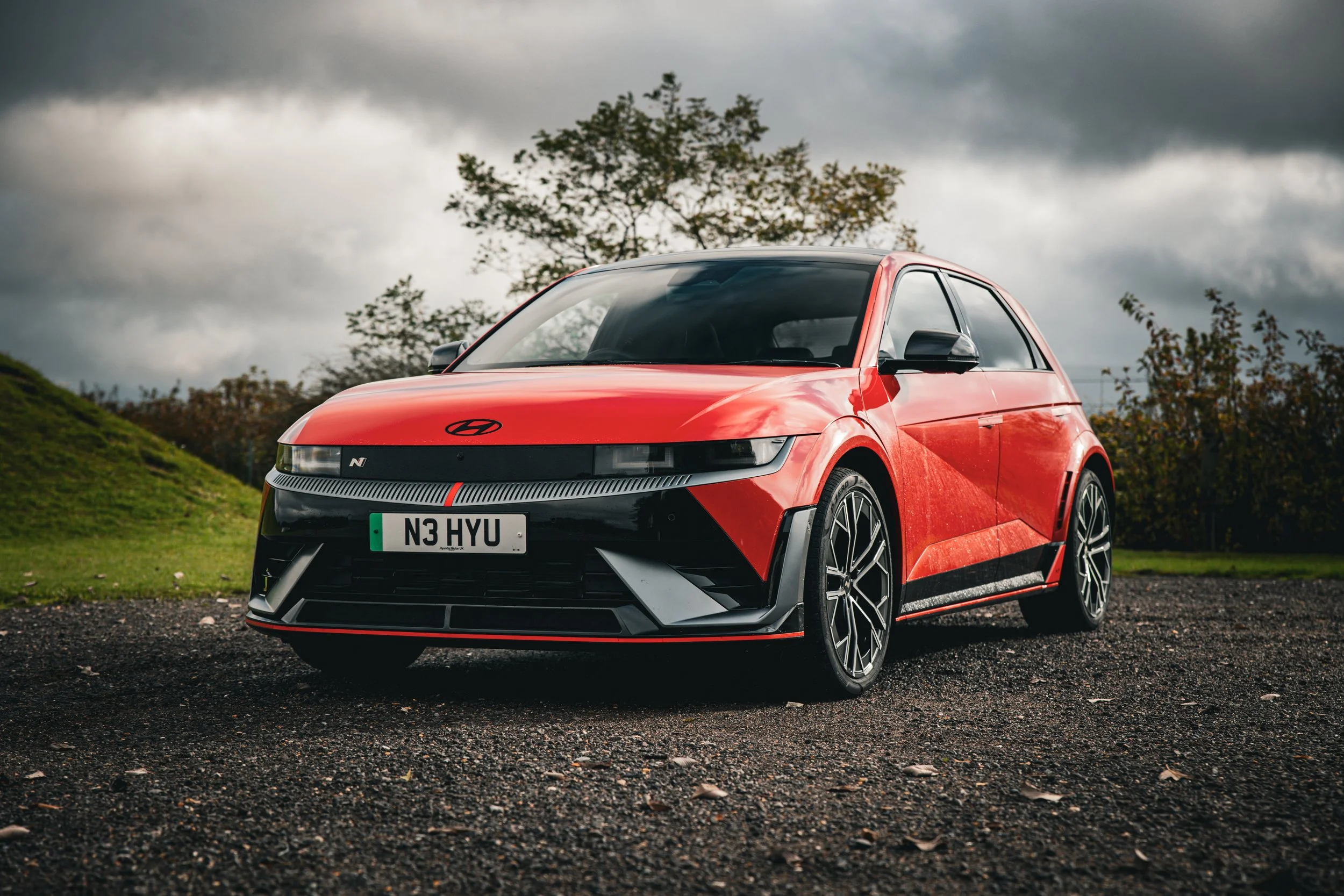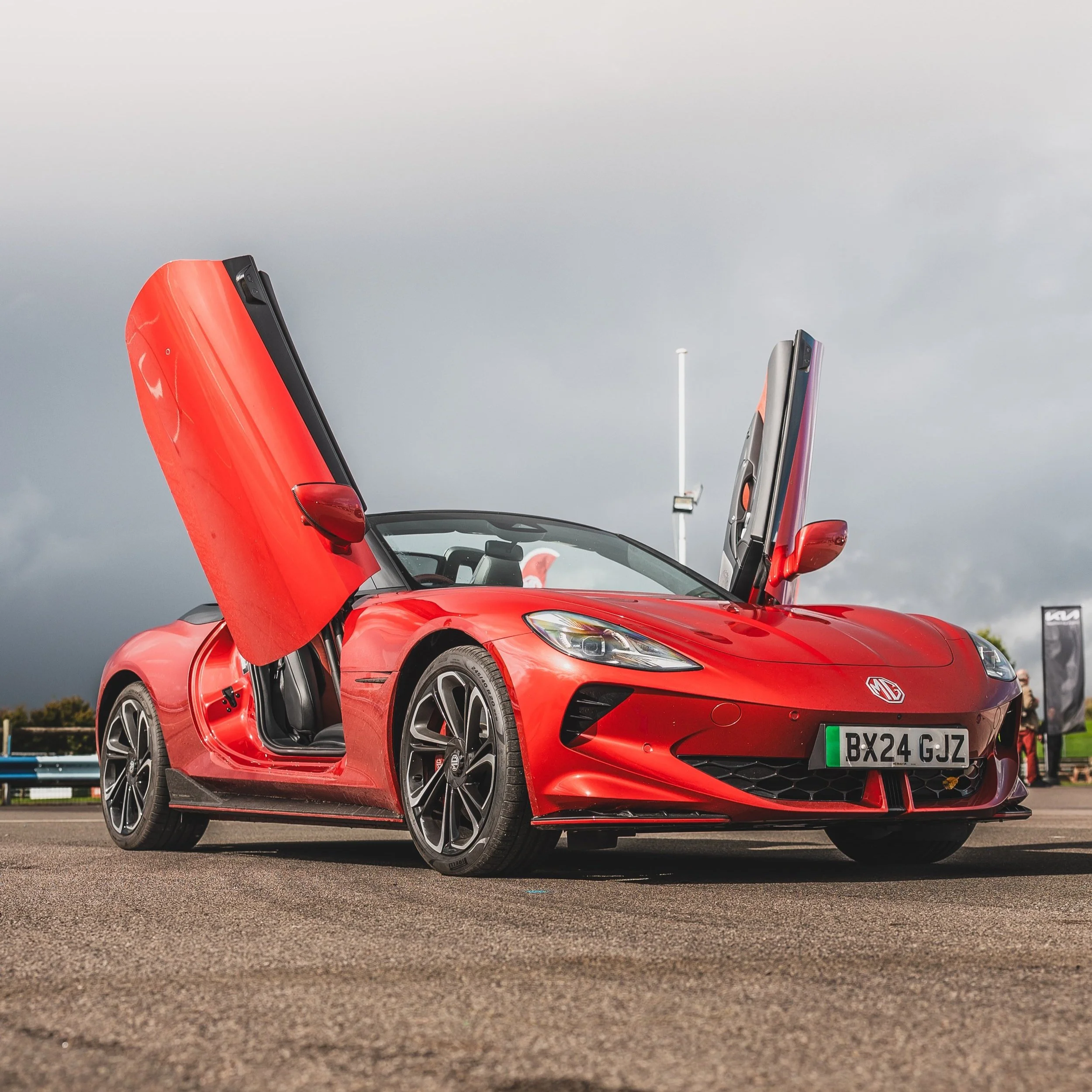The Fall of EVs: Is Internal Combustion Here to Stay After All?
Towards the end of 2023, Matt Simmonite wrote an article about the untimely demise of internal combustion engines. Matt is immersed in the world of synthetic fuels and E Fuels, and 15 months on, he has followed up on his thoughts after a full year of further synthetic fuel use.
One Year On: The Internal Combustion Engine’s Unexpected Comeback
What a year it’s been since my first musings on the future of the internal combustion engine (ICE). Back then, the narrative seemed set: ICE was destined for a swift exit, with governments, manufacturers, and eco-advocates hailing an all-electric utopia by 2035. Yet, here we are, at the very start of a new year, witnessing an unexpected twist in the tale. The future of ICE isn’t as bleak as once thought, with synthetic fuels and hybrids stepping into the limelight, reshaping the landscape of automotive progress.
It’s not been without its challenges. I’ve spent the year championing the cause of synthetic fuels, feeling at times like a broken record. But progress is undeniable. We’ve seen some stellar EV launches, such as the Hyundai Ioniq 5N and the charmingly nostalgic Renault 5. These cars prove that electric vehicles can have character—even for die-hard petrolheads. Yet, as manufacturers recalibrate their strategies, it’s clear that the full-scale transition to EVs is facing hurdles.
Are Manufacturers Backpedalling on Full EV Commitments?
The prominent players in the automotive industry are revising their ambitious timelines for phasing out ICE. For instance, both Bentley and Volvo have backtracked in plans to end ICE production by 2030. Instead, both brands have claimed that they foresee hybrids playing a key role well into the next decade. Porsche, ever the pragmatist, acknowledges that transitioning its entire lineup to electric will take longer than expected—and let’s face it, no one wants a fully electric 911, do they?
Even Ford and Volkswagen have hit the brakes on EV production. Ford is scaling back output at its Michigan facility, while VW is considering closing its Brussels plant, home to the Q8 E-Tron. Both cite the waning demand for EVs as the primary reason. Could the cooling enthusiasm be chalked up to high prices, steep depreciation, or the fading allure of novelty? Perhaps a combination of these factors signals that the early adopter phase is nearing its end.
Hybrids: The Pragmatic Solution for Now
A year ago, I posited that hybrids, especially those powered by synthetic fuels, could be the bridge we need. Today, that argument feels more relevant than ever. And I’m not just theorising; I’ve put it to the test. Six months and 15,000 miles with a 2023 Cupra Leon PHEV have only reinforced my belief that hybrids are the sensible choice for most drivers.
The Cupra is a perfect fit for my routine. Its 25-mile electric range covers my daily commute, and when the battery runs dry, the petrol engine takes over seamlessly. Charging is quick and convenient, and in combined mode, the car delivers an impressive 70mpg. Unlike EVs, hybrids don’t
saddle drivers with range anxiety, and they’re significantly cheaper to purchase in comparison to their fully electric counterparts. In addition, the attractive benefit-in-kind (BIK) tax rates for hybrids have made the case even stronger.
Do I miss my diesel Land Rover Discovery 4? Sure, there are moments when I yearn for its rugged charm. But the Cupra has proven itself practical, efficient, and versatile. For everyday drivers who need a reliable, cost-effective solution, hybrids offer the best of both worlds. The question is: why isn’t the Government paying more attention to this obvious middle ground?
Synthetic Fuels in Motorsport
Let’s delve deeper into synthetic fuels, where motorsport has become the proving ground for this transformative technology. Racing has always been a crucible for innovation, and synthetic fuels are no exception. Over the past year, we’ve seen remarkable progress in this field, with motorsport leading the charge.
The FIA World Rally Championship (WRC) is a trailblazer in synthetic fuel use, having partnered with P1 Fuels since 2022. By 2025, WRC plans to eliminate hybrid components entirely, relying solely on synthetic fuels to power the cars. The British Touring Car Championship (BTCC) follows suit, scrapping hybrids after just two seasons. Both series cite reduced costs, simplified engineering, and improved performance as key drivers for the switch.
Meanwhile, the ADAC’s DTM series in Germany is set to go 100% synthetic fuel next year, cutting emissions by an estimated 75%. The move extends to sister series like ADAC GT Masters and GT4 Germany. Closer to home, the Goodwood Revival ran entirely on synthetic fuels this year, following last year’s successful trial race. The trend continues with the announcement that the 82nd Members’ Meeting will also adopt synthetic fuels exclusively.
On a personal note, I had the privilege of competing in the 750 Motor Club’s Club Enduro series, driving a Mazda MX-5 fueled by Eco100pro synthetic fuel. Our team secured a Class C overall podium and saved over 1,150kg of CO2 throughout the season— 100 kg more than the weight of the car in race trim. Synthetic fuels are proving to be effective, accessible, and—perhaps most importantly—drop-in solutions, and they require no modifications to existing engines, making them a practical option for road cars as well.
2035 ICE Ban: A Flawed Legislative Approach?
Despite the growing evidence supporting hybrids and synthetic fuels, the UK Government remains steadfast in its commitment to banning ICE vehicles by 2035. Unlike the EU, which has introduced exemptions for ICE vehicles running on synthetic fuels, the UK offers no such flexibility. This rigid stance feels increasingly out of touch with the realities of technological development and consumer behaviour.
Infrastructure for EVs remains a significant challenge, with charging networks failing to keep up with the pace of demand. Meanwhile, synthetic fuels are rapidly gaining traction, and hydrogen—another promising alternative—is inching closer to viability. Shouldn’t our policies reflect a more technology-agnostic approach? By embracing a mix of EVs, hybrids, and synthetic fuel-powered ICE cars, we could achieve a smoother and more sustainable transition.
Governments love to trumpet their commitment to innovation, yet their actions often betray a lack of foresight. The path to a cleaner automotive future isn’t one-size-fits-all. It’s a nuanced journey that requires flexibility and openness to multiple solutions.
Motoring Into the Future
The past year has offered plenty of reasons for optimism. EVs continue to improve, hybrids are proving their worth, and synthetic fuels are making a compelling case for themselves. Motorsports’ adoption of sustainable fuels is a powerful endorsement, demonstrating that these technologies can deliver performance and sustainability without compromise.
Looking ahead, the automotive industry faces a balancing act. Consumer preferences, environmental imperatives, and technological realities all demand careful consideration. The road isn’t straightforward, but with hybrids and synthetic fuels in the mix, it’s far from a dead end.
Governments and manufacturers must rise to the challenge, crafting policies and strategies that reflect the complexity of the transition. If they do, the future could be one where car enthusiasts and environmentalists find common ground. Here’s hoping that we’ll have even more to celebrate a year from now.
Words: Matt Simmonite
Pictures: Matt Simmonite & Henry Faulkner-Smith








